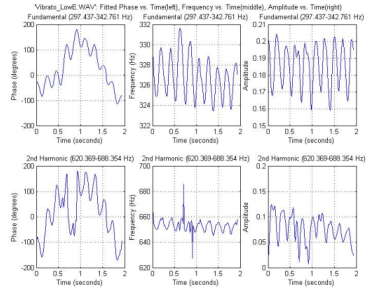paulwr
Member
I have a project to create arrangements for 10 songs featuring flute, and also remix/remastering 36 recordings of the same flutist.
There are a lot of held notes that would sound better with vibrato and they have requested I add it.
Flute vibrato is more of a tremolo effect. Is there a plugin or effect chain anyone here has used on flute that was realistic sounding?
Thanks,
Paul
There are a lot of held notes that would sound better with vibrato and they have requested I add it.
Flute vibrato is more of a tremolo effect. Is there a plugin or effect chain anyone here has used on flute that was realistic sounding?
Thanks,
Paul





 )
)
